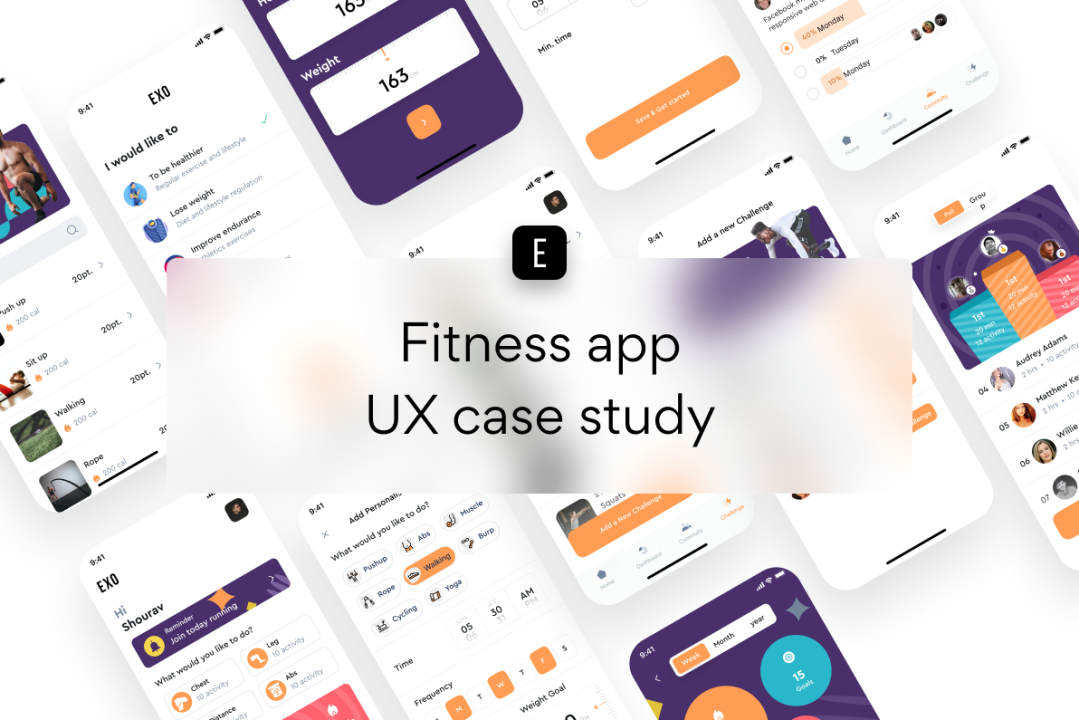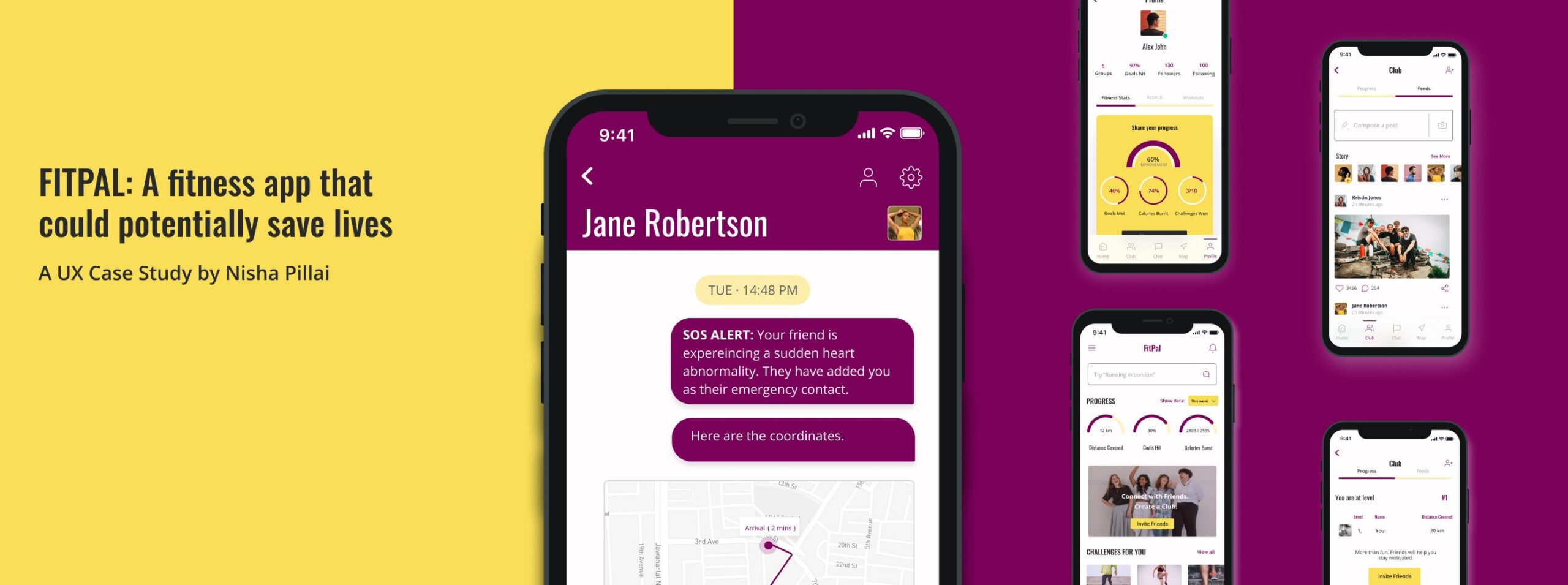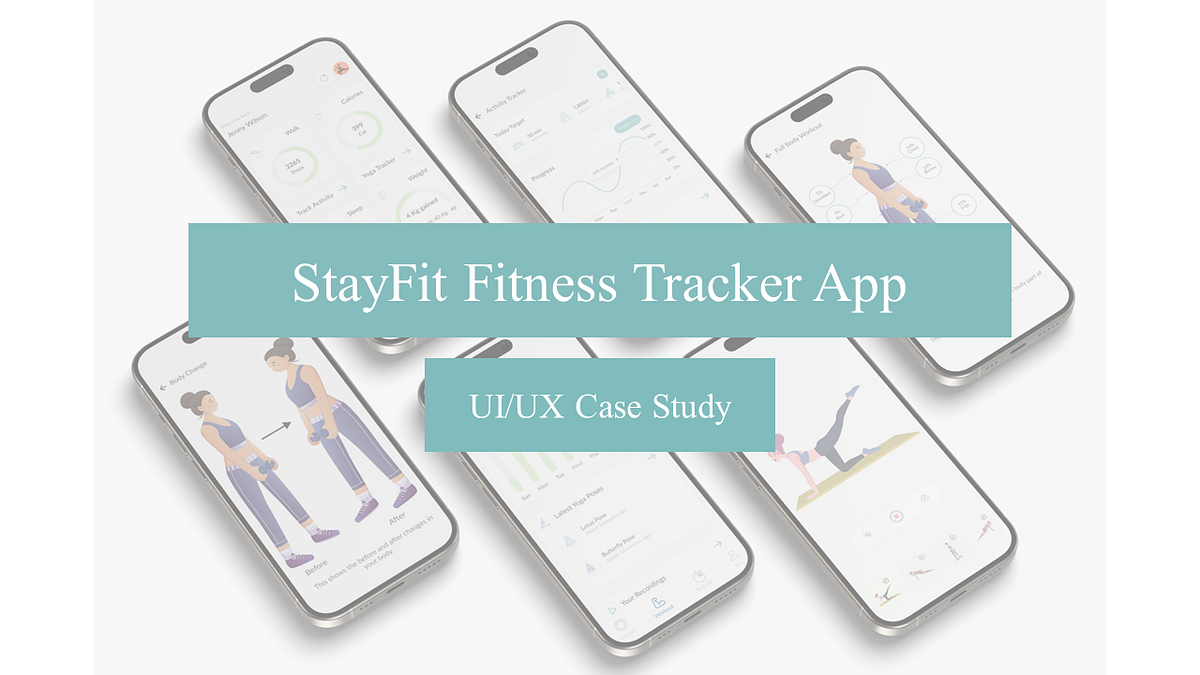workout tracking app case study Your Fitness Journey: A Case Study
workout tracking app case study can show us how technology helps with fitness. By looking at a real example, we can understand what makes a workout tracking app useful and effective. This blog post will explore how a fitness tracking app was designed to help people stay motivated and reach their fitness goals.
In this case study, we’ll learn about the process of creating a workout tracking app. We’ll dive into the problem it aims to solve, the research behind it, and how user feedback shaped its design. If you’re curious about how workout tracking apps can improve your fitness routine, this article is for you!
Introduction to the Workout Tracking App Case Study
workout tracking app case study app case study helps us see how technology can boost our fitness. This case study shows how making a fitness app can solve common problems. By studying real examples, we learn what features make a fitness app successful and why people use them.
In this blog post, we will explore the steps taken to create a workout tracking app. We will look at the challenges, research, and user feedback involved in designing the app. This helps us understand how the app can help people stay fit and motivated.

Why We Need a Workout Tracking App
Why do workout tracking app case study? Many people find it hard to stay motivated with their fitness routines. This is where a tracking app can help. It makes it easy to monitor progress and set goals.
workout tracking app case study and diet can be tough without the right tools. A workout tracking app case study shows how these apps help users stay on track. They offer features like progress charts and reminders to keep users engaged in their fitness journey.
How the Case Study Highlights Fitness Challenges
The case study highlights common fitness challenges people face. Many users struggle with finding the right routines and staying motivated. A workout tracking app aims to address these issues by providing guidance and tracking tools.
From the case study, we learn that users often get overwhelmed by fitness goals. The app design focuses on making fitness easier by offering clear routines and tracking features. This way, users can stay motivated and see their progress over time.
Research Behind Designing a Workout Tracking App
Research is crucial when designing a workout tracking app. The case study includes information from various studies and user interviews. This research helps in understanding what users need and want in a fitness app.
The workout tracking app case study includes data on exercise habits and motivation. By using this information, designers can create features that meet users’ needs. Research ensures the app is both effective and user-friendly.
User Interviews: What People Want in a Fitness App
User interviews are an important part of the case study. They show what people look for in a fitness app. By talking to users, designers learn about their fitness goals and challenges.
In the case study, users shared their thoughts on tracking workouts and diet. They wanted an app that is easy to use and provides helpful information. These insights help in designing a workout tracking app that fits users’ needs.
Key Features of a Successful Workout Tracking App
A successful workout tracking app has several key features. The case study highlights important elements like progress tracking and goal setting. These features help users stay on track and motivated.
The app should include easy-to-use tracking tools and reminders. It should also offer detailed feedback on performance. These features make the app more effective in helping users reach their fitness goals.
Designing the Workout Tracking App: Step by Step
Designing a workout tracking app involves several steps. The case study outlines the process from research to development. Each step is crucial in creating an app that meets users’ needs.
Starting with research, designers gather information on fitness goals and challenges. Next, they create a design based on user feedback. Finally, the app is developed and tested to ensure it works well.
How the Workout Tracking App Solves Fitness Problems
The workout tracking app solves common fitness problems by providing useful features. It helps users track their workouts and diet easily. This makes it easier for users to stay motivated and reach their fitness goals.
According to the case study, the app offers tools for setting goals and tracking progress. These features address issues like lack of motivation and difficulty in tracking fitness activities. The app makes fitness more manageable and enjoyable.

Understanding User Feedback in the Case Study
User feedback is essential in the workout tracking app case study. It helps designers understand what users like and dislike about the app. Feedback guides improvements and ensures the app meets users’ expectations.
The case study shows how feedback was used to refine the app’s features. Users’ comments on ease of use and effectiveness led to changes in the app design. This makes the app more user-friendly and better suited to their needs.
The Role of Motivation in Fitness Tracking Apps
Motivation plays a key role in fitness tracking apps. The case study explores how the app helps users stay motivated. It includes features that encourage users to stick to their fitness routines.
By providing progress updates and goal-setting tools, the app keeps users engaged. Motivation is crucial for long-term fitness success, and the app is designed to support this. This helps users continue their fitness journey with enthusiasm.
Lessons Learned from the Workout Tracking App Case Study
The workout tracking app case study offers valuable lessons. It shows what works well in app design and what can be improved. These lessons help in creating better fitness apps in the future.
From the case study, we learn the importance of user feedback and research. Understanding users’ needs and preferences leads to a more effective app. These insights are crucial for designing apps that truly benefit users.
How to Choose the Right Workout Tracking App for You
Choosing the right workout tracking app can make a big difference. The case study provides tips on what to look for in an app. Features like ease of use and effective tracking tools are important.
Consider what you need from an app before making a choice. The right app should fit your fitness goals and provide useful features. By following the case study’s insights, you can find an app that helps you stay on track and reach your fitness goals.
Introduction to the Workout Tracking App Case Study
A workout tracking app case study offers valuable insights into how fitness apps are developed and what makes them successful. By examining a real-life example, we can learn how these apps are designed to help people achieve their fitness goals. This blog post will explore the journey of creating a fitness tracking app, highlighting the steps and challenges involved in the process.
Understanding the creation of a fitness app involves looking at several key areas. We will delve into the problems the app aims to solve, the research that guides its design, and how user feedback shapes its features. This case study serves as a roadmap for anyone interested in how technology can enhance our fitness routines and keep us motivated.
Why We Need a Workout Tracking App
Fitness enthusiasts often struggle with maintaining motivation and tracking their progress. This is where a workout tracking app case study app becomes essential. These apps offer a structured way to monitor exercise routines, diet, and overall health. They help users set goals, track their achievements, and stay on course with their fitness plans.
A workout tracking app is especially useful for people who need reminders and guidance. Without such an app, it can be challenging to remember what exercises to do and when. The case study highlights how these apps address common issues by providing tools that simplify fitness tracking and make it easier to stay motivated.
How the Case Study Highlights Fitness Challenges
The case study provides a clear view of the fitness challenges that users face. Many people find it hard to stick to a workout routine and stay motivated over time. This can lead to frustration and abandonment of their fitness goals. The app was designed to tackle these issues by offering features that help users manage their fitness journey more effectively.
Through the case study, we learn about the common struggles users encounter. The app’s design focuses on overcoming these challenges by offering features such as progress tracking and goal-setting tools. This helps users feel more in control of their fitness journey and keeps them motivated to reach their goals.

Research Behind Designing a Workout Tracking App
The research behind designing a workout tracking app is crucial for creating a successful product. The case study includes information from various studies and user interviews that provide valuable insights. This research helps in understanding what users need from a fitness app and how to address those needs effectively.
Designers use research to guide the development of the app, ensuring it meets user expectations. The case study demonstrates how data on exercise habits and motivation can shape the app’s features. This research-driven approach helps in creating an app that is both effective and user-friendly.
User Interviews: What People Want in a Fitness App
User interviews are an important part of the case study process. They provide insights into what users want from a workout tracking app case study . By talking to people about their fitness goals and challenges, designers can learn about their preferences and needs.
In the case study, users shared their thoughts on features they find useful in a workout tracking app case study . They wanted an app that is easy to navigate and offers helpful information. These interviews help in creating a workout tracking app that aligns with users’ needs and enhances their fitness experience.
Key Features of a Successful Workout Tracking App
To be effective, workout tracking app case study app must include key features that support users’ fitness goals. The case study highlights essential elements such as progress tracking, goal setting, and reminders. These features help users stay motivated and monitor their progress effectively.
An ideal app should have user-friendly tools for tracking workouts and nutrition. It should also provide feedback on performance to help users improve. The case study shows how these features contribute to a successful app that helps users achieve their fitness objectives.
Designing the Workout Tracking App: Step by Step
Designing a workout tracking app case study involves several important steps. The case study outlines this process, starting with research and moving through design and development. Each step is crucial for creating an app that meets users’ needs and addresses their fitness challenges.
The design process begins with gathering information on user needs and preferences. Designers then create a plan for the app’s features and functionality. Finally, the app is developed and tested to ensure it works well and provides a positive user experience.
How the Workout Tracking App Solves Fitness Problems
The workout tracking app case study addresses common fitness problems by offering practical solutions. It helps users track their workouts, monitor their diet, and set goals. This makes it easier for users to stay on track and achieve their fitness objectives.
According to the case study, the app includes tools that simplify fitness tracking and provide motivation. These features help users overcome challenges such as lack of progress and difficulty maintaining a routine. The app is designed to make fitness management more straightforward and enjoyable.
Understanding User Feedback in the Case Study
User feedback is an essential component of the case study. It provides valuable insights into what users like and dislike about the app. This feedback helps designers make improvements and ensure the app meets users’ expectations.
The case study shows how feedback from users was used to refine the app’s features. Comments on usability and effectiveness led to changes that enhanced the app’s performance. This user-centered approach ensures the app is better suited to users’ needs and preferences.
The Role of Motivation in Fitness Tracking Apps
Motivation is a key factor in the success of fitness tracking apps. The case study explores how the app helps users stay motivated through features like progress updates and goal-setting tools. These features are designed to encourage users to stick with their workout tracking app case study .
By keeping users engaged and focused on their goals, the app supports long-term workout tracking app case study . Motivation is crucial for achieving fitness goals, and the app is designed to provide the encouragement users need to continue their journey. This helps users stay committed and achieve their fitness objectives.

Conclusion
workout tracking app case study , we learned a lot about how fitness apps can help people stay healthy. By looking at how the app was made, we saw that understanding users’ needs is very important. The app’s features like progress tracking and goal setting make it easier for users to follow their fitness routines and stay motivated.
Overall, workout tracking app case study shows that a well-designed workout tracking app case study can make a big difference in reaching workout tracking app case study . It helps people track their workouts, set goals, and keep track of their progress. By focusing on what users want and need, we can create apps that truly help people live healthier lives.














Post Comment